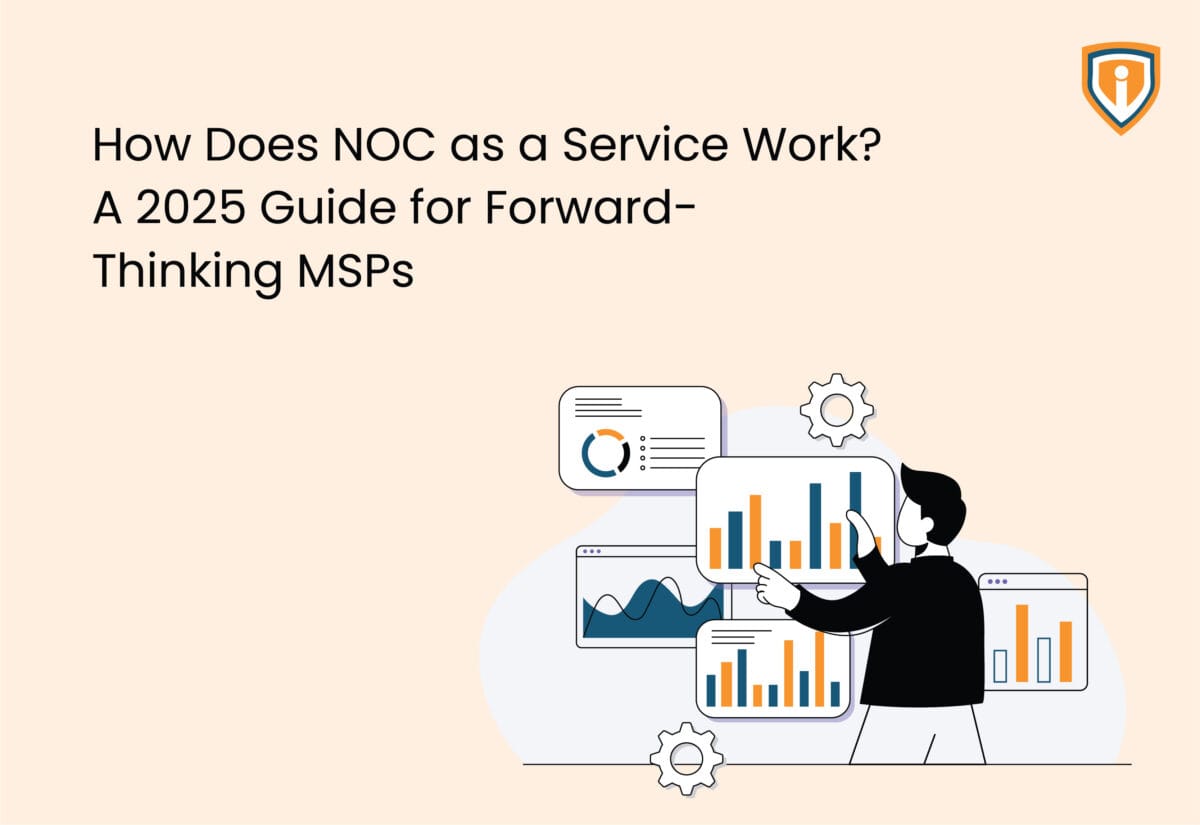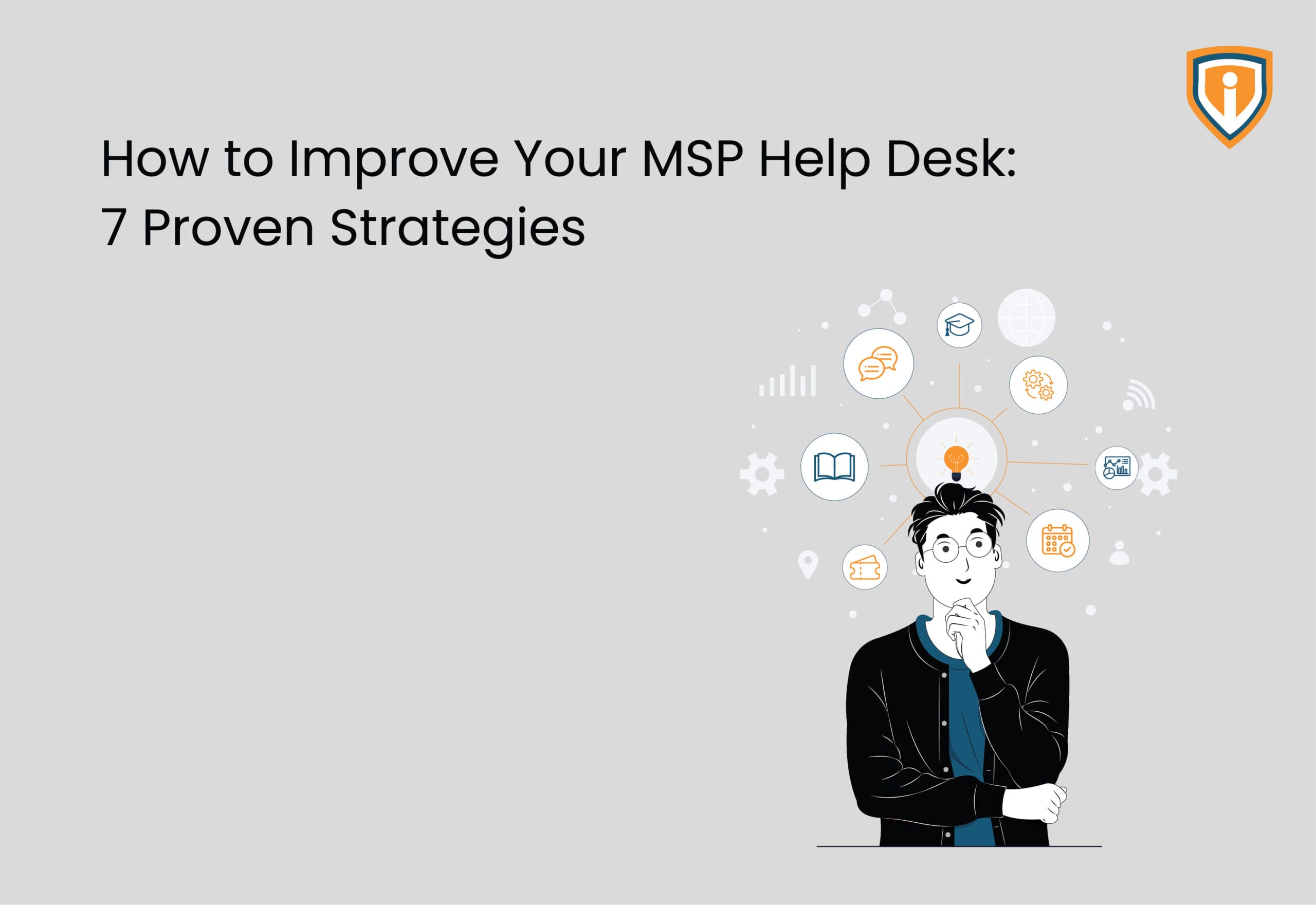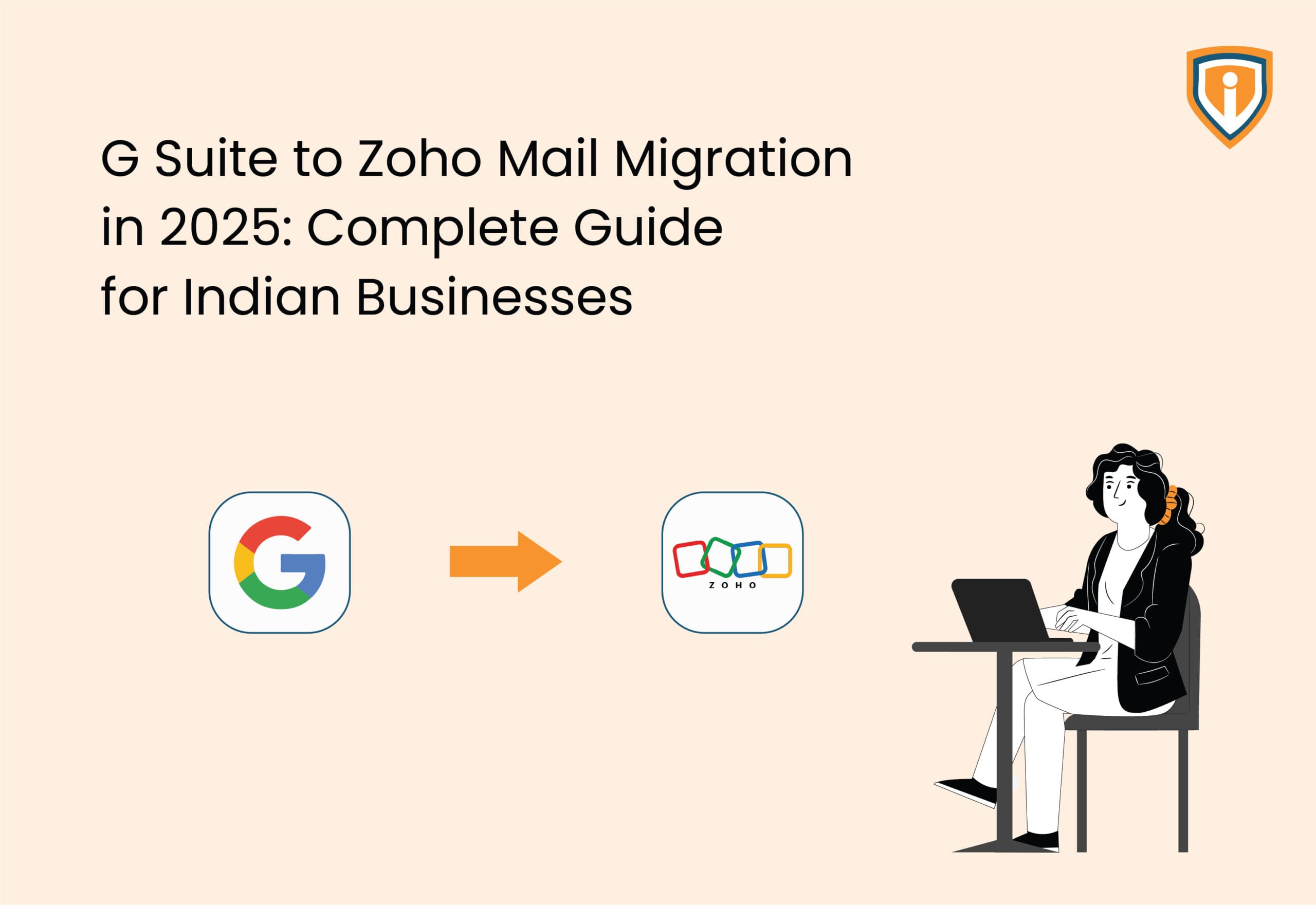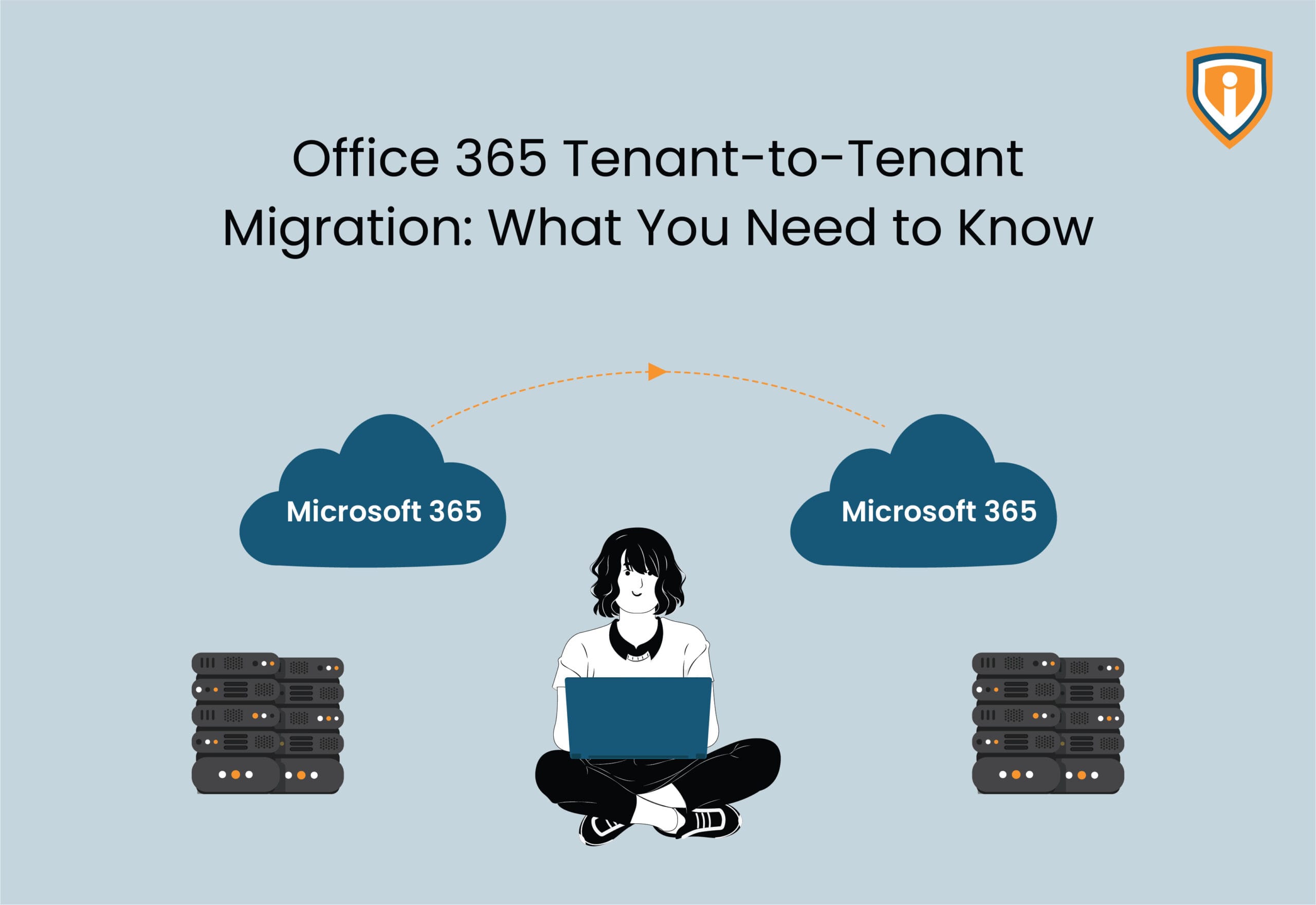Managed Service Providers (MSPs) step into this space to enable efficient IT operations, but end up buried under routine noise, escalating support demands, and the strain of managing scale with limited resources.
The digital environment is expanding fast. Back in 2018, there were roughly 2.4 internet-connected devices per individual. By 2023, that number reached an estimated 3.6.
This growth isn’t just about tech adoption.
Since 2022, remote work has become more common. MSPs no longer deal with just office networks. They now support thousands of remote devices. Each one has different tools, risks, and problems. The workload is heavier, and the job needs more attention.
As client systems scale and complexity grows, the workload rarely moves in sync with the size of your team. That’s where NOC as a Service or NOCaaS enters the picture.
This guide breaks down what NOCaaS actually looks like on the ground, why more MSPs are moving in this direction, and how you can assess if it’s the right move for your business.
We’ll also walk through how Infrassist’s NOC services structure the process to deliver predictable outcomes, not just support.
What is NOC as a Service?
At its simplest, NOCaaS is outsourced network operations, external engineers monitoring and managing IT environments on your behalf, usually 24/7, across time zones. But if that’s all it was, it wouldn’t be reshaping how MSPs scale their delivery models.
What sets it apart is not just the coverage window, but the depth. It’s not someone reading alerts off a screen and escalating tickets back to you. Done right, a NOCaaS partner functions like an extension for your team. They dive into logs, apply scripts, carry out root cause analysis, and resolve incidents based on pre-agreed SOPs. Your client never knows it wasn’t you, because the ticket’s closed before they even noticed something was off.
At its core, NOCaaS helps MSPs:
- Ensure uptime across client environments
- Free up internal teams from repetitive or non-billable tasks
- Improve resolution time for system alerts and infrastructure issues
- Extend support coverage across nights, weekends, and holidays
More than just a cost-saving tactic, NOC services for MSPs are a way to maintain service quality standards high as client expectations grow.
Why Do Businesses Outsource NOC Support & the Challenges They Face?
Most MSPs don’t opt for outsourcing just to trim payroll. There are usually deeper operational pain points that make NOCaaS the smarter choice. Let’s break it down:
1. Infrastructure complexity has outpaced internal capacity
The average MSP today juggles:
- Multiple public and private cloud deployments
- Hybrid environments with both on-prem and virtual assets
- Dozens of remote workers or VPN endpoints per client
- An ever-growing stack of security and monitoring tools
MSPs often deal with a myriad of tools. Security, monitoring, and backups, each with a separate system.
Simplifying the tech stack by removing redundant software and choosing platforms with native integrations reduces complexity and improves efficiency.
2. Labor shortages and burnout in technical roles
Hiring trained, reliable NOC engineers is a challenge; retaining them is even harder. The night shifts, weekend rotations, and high-alert workload often lead to burnout. Outsourcing this function to a partner with ready 24/7 teams removes that pressure from internal staff.
3. Tool fragmentation slows down support
RMM, PSA, antivirus platforms, backup tools, endpoint security- MSPs often deal with half a dozen systems that don’t always communicate with each other. A structured NOCaaS setup brings unified monitoring and standardized response workflows that bypass that chaos.
A leaner setup not only curtails onboarding time but also stabilizes operations. This further ensures smoother service delivery. Besides, owing to proactive security monitoring and automation, MSPs can scale confidently while maintaining control.
The result: stronger performance, better margins, and increased client confidence.
What Services Are Included in a Comprehensive NOC as a Service Offering?
Let’s get specific. A robust NOCaaS provider doesn’t just monitor servers and raise tickets. Here’s what comes bundled in a true full-spectrum offering like Infrassist’s:
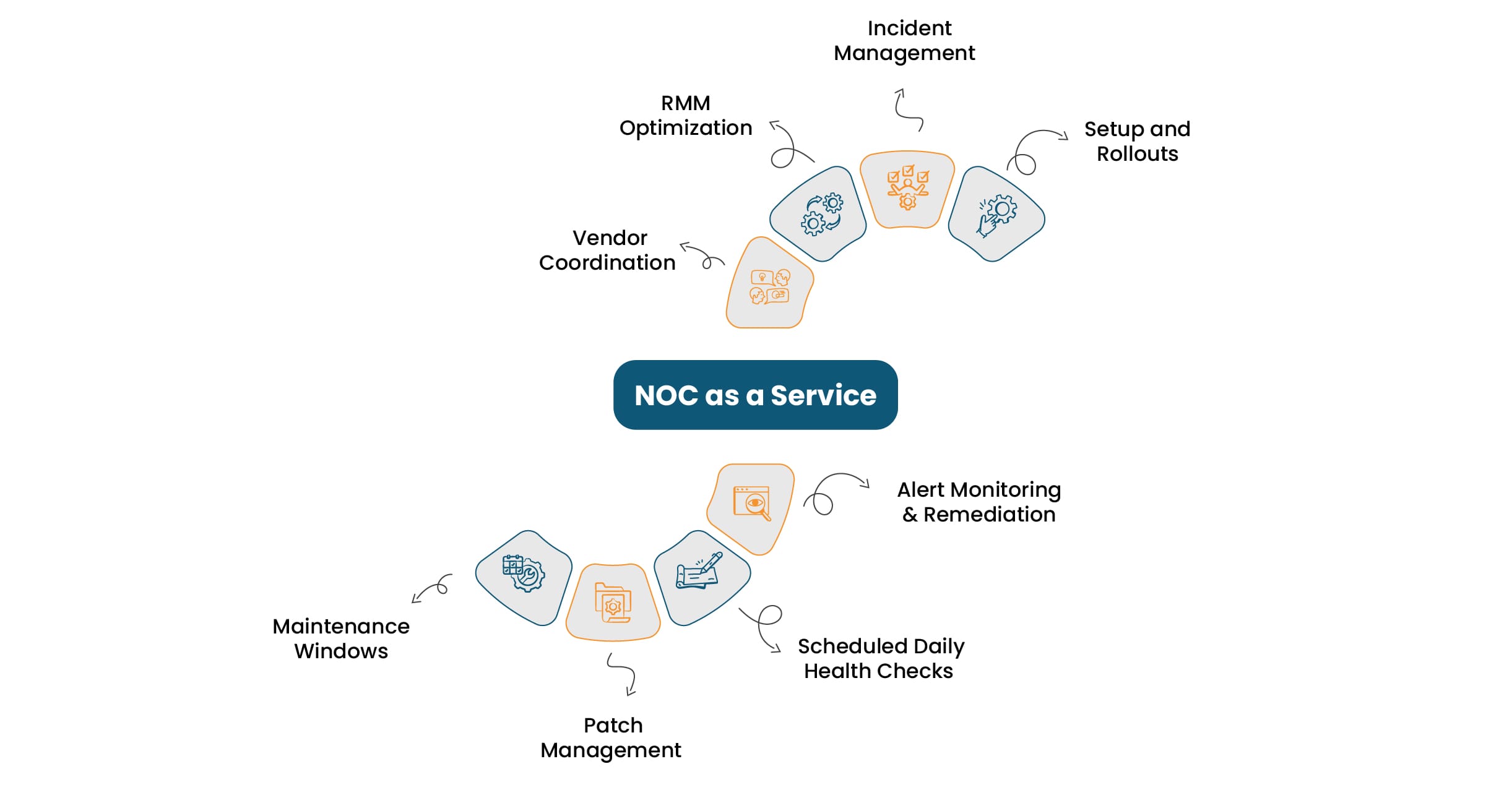
– Alert Monitoring & Remediation
- Real-time alert handling via your RMM or third-party tools
- Customized thresholds, filtering, and escalation logic
- Critical alerts prioritized based on business impact
– Scheduled Daily Health Checks
- Backup success/failure validation
- AV/EDR status checks
- Disk space monitoring
- Uptime and critical services validation
– Patch Management
- Patch deployment by schedule or approval
- Pre-patch testing and rollback safeguards
- Post-patch verification
– Maintenance Windows
- Disk cleanup and defragmentation
- Scheduled reboots
- Antivirus and software updates
- Service restarts and event log analysis
– Vendor Coordination
- Direct follow-up with OEM or hardware vendors for issue resolution
- Warranty and ticket tracking support
– RMM Optimization
- Agent audits and health checks
- Script updates and automation management
- Platform transition support
– Incident Management
- Defined workflows for P1–P3 scenarios
- Ticket triage and routing
- Real-time documentation of actions taken
– Setup and Rollouts
- Greenfield site provisioning
- RMM and backup agent deployment
- Monitoring baseline configuration
In short, the support doesn’t stop at alerts, it’s designed to reinforce your MSP’s technical backbone.
What Problems Does NOC as a Service Solve?
From experience, most MSPs don’t outsource to “just save money.” Here’s what this model really helps solve:
- Hiring overhead: Running an in-house 24/7 team drains budgets fast, especially for smaller MSPs trying to scale without overextending.
- Wasted expertise: Talented engineers end up buried in routine tickets and noise instead of focusing on what actually moves the growth needle. For instance, on-site visits or operations streamlining.
- Alert fatigue: When every ping is treated as critical, response quality drops fast.
- Night/weekend coverage: Teams can’t stay on-call 24×7 without eventual burnout or turnover.
- Inconsistent documentation: Tribal knowledge leads to process gaps when key employees leave.
- Scaling limits: Onboarding new clients gets slower when backend support can’t keep up.
- Tool overload: Too many platforms with too little integration means wasted time.
This is where Infrassist’s MSP NOC Services come in, not as a vendor, but as an extension of your delivery team.
How Infrassist Structures NOC Outsourcing: A 4-Phase Model
Most outsourcing engagements fail because they rush into execution. Infrassist takes a different approach altogether, built around stability, visibility, responsiveness, and clear ownership.
Phase 1: Discovery & Scope Definition
Every MSP is different, and so is every client stack.
In this phase, we:
- Conduct technical deep-dives into existing infrastructure
- Map out RMM, PSA, backup tools, and endpoint controls
- Document escalation rules, SLAs, alert thresholds
- Capture nuances for client-specific environments
Our Technical Account Manager oversees the full discovery process. Nothing is left to assumptions.
Phase 2: Onboarding and Custom SOP Integration
With the groundwork done, we transition into structured onboarding.
- Environment-specific protocols and SOPs are mapped to align with your infrastructure
- Test alerts and dry-run simulations are performed before going live
- Your team’s preferences on ticketing, alert notes, and escalations are baked in
- Knowledge base and runbooks in perfect synchronization with your internal practices
No off-the-shelf SOPs, and everything is molded to how you already operate.
Phase 3: Live Operations Begin
This is where the rubber meets the road.
- Real-time alert monitoring
- Health checks, patch cycles, backups, incident triage, all handled per scope
- Internal teams only looped in when necessary
- Transparent logs and ticket notes for every action
Phase 4: Optimization and Service Refinement
Support doesn’t stop at fixing issues. We keep improving what’s already in place.
- Bi-monthly reviews to analyze response patterns
- Feedback-driven updates to SOPs
- Documentation cleanup
- QBRs with insights, not fluff
This isn’t static. It evolves with your business because we’re not just vendors. We’re growth partners.
Key Considerations Before You Outsource NOC Support
Before making the jump, here are a few things MSPs should evaluate:
- Tool compatibility: Will the NOC partner work with your stack, or force you to change tools?
- White-labeling: Will they act as your brand, or theirs?
- Escalation control: Who decides what gets escalated and how?
- Documentation access: Do you retain visibility and control?
- SLA alignment: Can they meet your client-facing response and resolution times?
- Knowledge transfer: How will they learn your environments, and how quickly?
- Time zone sync: How do they ensure time zone sync for round-the-clock services?
- Pricing model: Fixed vs. usage-based? Tiered by device, user, or client?
The Bottom Line
NOC as a Service is not just helpful. It makes business sense. It protects your margins, keeps service steady, and frees your team to focus on more important work.
With Infrassist, you’re not buying a product. You’re extending your team with experienced professionals who understand the MSP ecosystem, respect your processes, and help you scale, quietly and effectively.
Partnering with managed NOC services isn’t about replacing your team. They, infact, work as an extension of your team. It’s about giving them space to do more impactful work, while we do the heavy lifting for your MSP.
FAQs (Frequently Asked Questions)
1. Will my clients know I’ve outsourced the NOC?
No! Our services are completely white labeled under your brand.
2. Is NOC as a Service suitable for Managed IT service providers of all sizes?
Whether you are small-sized or a growing MSP, our NOC support scales with you. Managed IT service providers use our service to handle more endpoints without increasing overhead.
3. How quickly can you start managing our NOC operations?
Once we complete onboarding, we can start within a week in most cases. The timeline depends on the size and setup of your existing infrastructure.
4. Will your team follow our internal processes?
Yes. We align with your workflows, documentation, and escalation paths to ensure smooth and consistent service.
